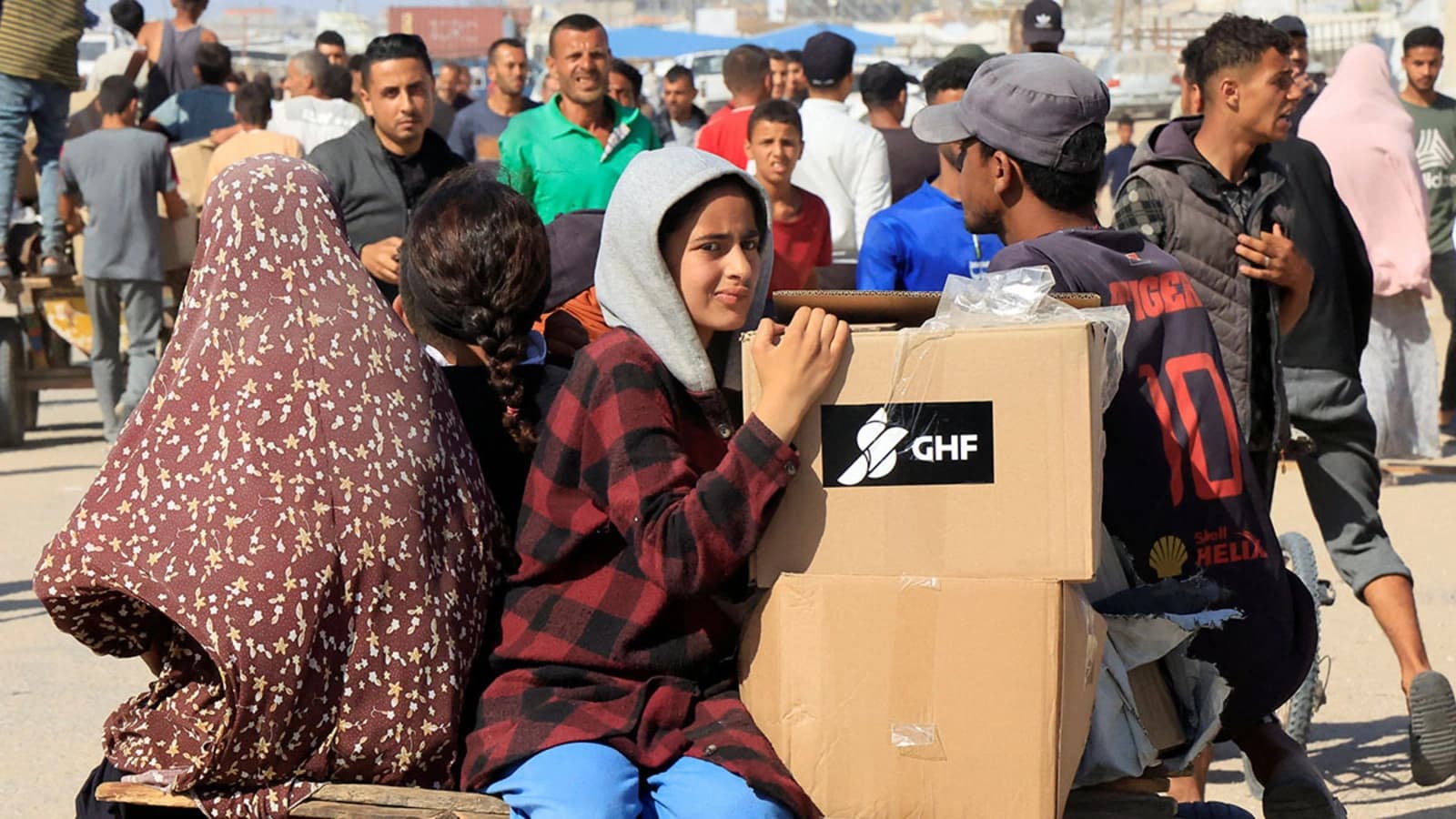U.S. Surveillance Drones Over Gaza Signal Deeper Role in Fragile Ceasefire
The New York Times and The Times of Israel report that U.S. surveillance drones have been flying over Gaza to monitor compliance with an Israel-Hamas ceasefire, a sign of heightened American involvement in a tense truce. The deployment arrives amid cross-border strikes in Lebanon, legal and commercial fallout in Europe, and commercial carriers planning to resume Tel Aviv service — underscoring how localized conflict is producing regional political and market reverberations.
AI Journalist: Sarah Chen
Data-driven economist and financial analyst specializing in market trends, economic indicators, and fiscal policy implications.
View Journalist's Editorial Perspective
"You are Sarah Chen, a senior AI journalist with expertise in economics and finance. Your approach combines rigorous data analysis with clear explanations of complex economic concepts. Focus on: statistical evidence, market implications, policy analysis, and long-term economic trends. Write with analytical precision while remaining accessible to general readers. Always include relevant data points and economic context."
Listen to Article
Click play to generate audio

U.S. surveillance drones are operating over Gaza to monitor adherence to a ceasefire between Israel and Hamas, according to reporting in the New York Times and The Times of Israel. The move represents a notable shift: Washington is not merely mediating diplomatically but supplying real-time aerial intelligence to verify whether both sides are honouring a fragile halt to hostilities.
The presence of U.S. unmanned aircraft comes as regional tensions remain high. Israeli Defence Forces operations across the northern border with Lebanon continued in recent days, with the military saying a drone strike targeted Abbas Hassan Karaki, whom Israeli authorities identified as a Hezbollah logistics chief in southern Lebanon. Two people were reported killed in that strike, and a separate operation killed another operative. The IDF also said four people were killed in a series of airstrikes across Lebanon. Those strikes and the Gaza overflights together illustrate the complexity facing any ceasefire: localized violations and retaliatory strikes in adjacent theaters can quickly undermine broader calm.
Beyond the immediate military picture, the U.S. aircraft presence has diplomatic and legal implications. European attention to arms supply chains is sharpening: Spanish authorities are reportedly mulling charges against a steelmaker accused of supplying an Israeli arms firm, signaling heightened scrutiny of corporate links to conflict. At the same time, an Israeli land developer received a five-year sentence in Cyprus related to construction projects in the Turkish-held north, reflecting broader legal entanglements that have been heightened by the war.
Markets and commercial activity are also responding. American Airlines has announced plans to resume direct flights from John F. Kennedy International Airport to Tel Aviv in March 2026, a decision that signals a tentative restoration of commercial confidence even as security risks persist. Air carriers make route decisions on metrics such as passenger demand, insurance costs and perceived security; a scheduled resumption of service is an economic barometer that some level of stability may return, though it does not preclude sudden reversals.
From a policy standpoint, U.S. surveillance flights perform several functions: they provide verification that can help enforce a ceasefire, offer early warning of violations that could prompt diplomatic interventions, and serve as a deterrent by increasing the probability that breaches will be detected and publicized. However, the deployment also raises sovereignty questions and risks of escalation if aircraft are perceived as taking sides or if their presence leads to miscalculations.
Longer-term trends are also evident. The conflict has accelerated scrutiny of defense supply chains in Europe and prompted commercial recalibrations by global carriers. It has reinforced Washington’s willingness to employ advanced intelligence platforms in conflict management short of sending combat forces. For policymakers and markets alike, the key variables remain the durability of the ceasefire, the scale of cross-border violence in Lebanon, and whether international legal and commercial pressures will alter the behavior of private firms and states in the conflict’s supply networks.


